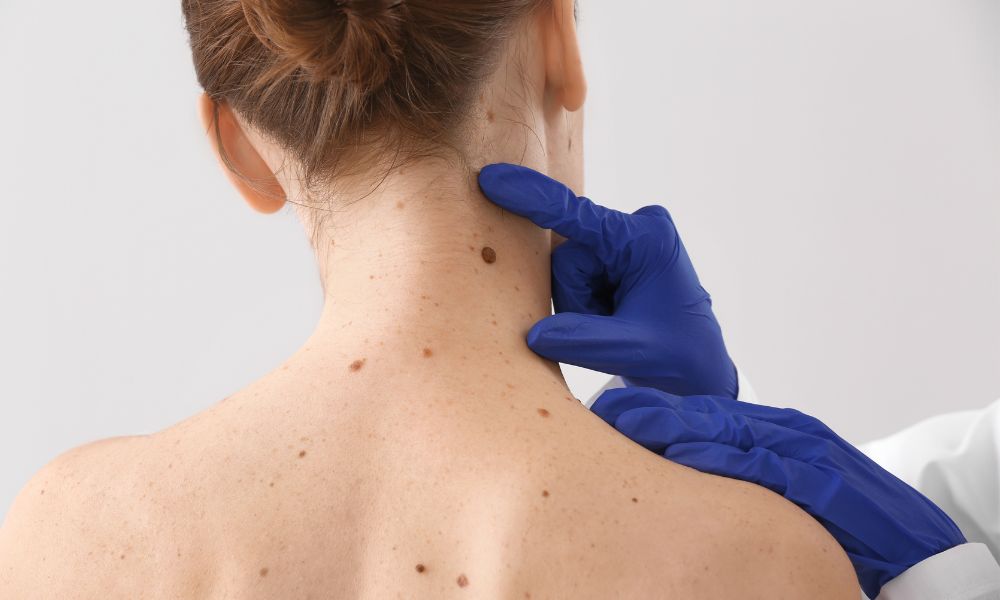
Should You Worry About a Mole?
We all have them — small brown or black spots on the skin that we call moles. Most of the time, they’re harmless and simply part of your skin’s natural design. But once in a while, a mole can change, and that’s when your skin might be trying to tell you something.
So, how do you know when it’s time to get a mole checked?
Let’s break it down.
What Exactly Is a Mole?
A mole (or nevus) is a cluster of pigment-producing cells called melanocytes. They can be flat or raised, and their colour can range from light brown to dark brown, or even pink or black. Most people develop moles in childhood or adolescence, and they may fade or change slowly over time.
When Is a Mole Considered Normal?
- ✅ It’s even in colour
- ✅ Has smooth, regular borders
- ✅ Stays more or less the same in size and shape over time
- ✅ Appears during childhood or teenage years
- ✅ Doesn’t itch, bleed, or feel painful
If your mole fits the above, chances are — it’s nothing to worry about.
When Should You Get a Mole Checked?
Use the ABCDE Rule — a simple and effective way to remember the warning signs:
- A – Asymmetry: One half doesn’t match the other
- B – Border: Irregular, notched, or blurred edges
- C – Colour: Varying shades of brown, black, or red
- D – Diameter: Larger than 6mm (about the size of a pencil eraser)
- E – Evolving: Changes in size, shape, colour, or symptoms like itching or bleeding
If a mole ticks even one of these boxes — it’s best to get it examined by a dermatologist.
Other Red Flags to Watch Out For
- 🚩 Sudden appearance of new moles in adulthood
- 🚩 Moles that itch, bleed, or develop a crust
- 🚩 A mole that looks very different from your other moles (we call this the “ugly duckling” sign)
- 🚩 A spot that doesn’t heal or keeps coming back
These signs don’t automatically mean skin cancer — but they do need medical evaluation to rule out melanoma or other concerns.
So, Should I Be Worried?
Don’t panic — most moles are completely benign. But early detection is key in case there’s something unusual going on.
If you’ve noticed any change in your mole, it’s always better to have it looked at sooner rather than later. A quick consultation can bring peace of mind — and if needed, early treatment is far more effective.
Treatment Options for Unwanted or Suspicious Moles
At Routines, we offer:
- Clinical evaluation and dermoscopy to assess your mole in detail
- Safe removal techniques done under local anaesthesia — with minimal scarring
- Lab testing (biopsy) if a mole looks suspicious
- Cosmetic mole removal if the mole is harmless but you’d prefer to have it taken off
Final Thoughts
Not all moles are dangerous — but all moles deserve attention.
If you’re unsure, watching and waiting isn’t always the best idea. Instead, let a trained eye take a look. At Routines, we believe in safe, gentle care with a personal touch — and your skin’s health is always our top priority.